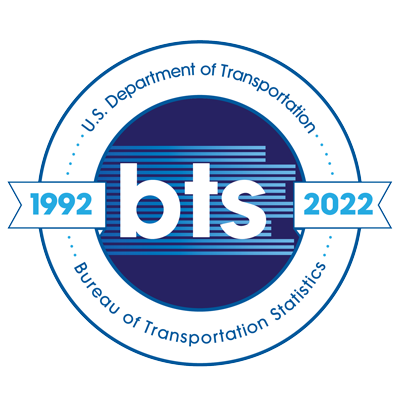Land Use History in the Broad Meadow Brook Wildlife Sanctuary in Worcester, Mass and Resident Perceptions of Conservation
Topics:
Keywords: History, land use change, Broad Meadow Brook, disturbance
Abstract Type: Poster Abstract
Authors:
Charlotte Zieselman,
,
,
,
,
,
,
,
,
,
Abstract
This project examines human impacts on Broad Meadow Brook Wildlife Sanctuary (BMB), Worcester, by creating a timeline of important land use changes from 1841 to the present as well as using interviews from 2022 of residents around BMB. BMB is a unique feature in the City of Worcester with 157 hectares of land that is surrounded by neighborhoods. It is owned by Mass Audubon, National Grid, and the City of Worcester, highlighting diverse kinds of management and human impact it has undergone and continues to face. Currently, there are plans for the sanctuary to have wetland restoration which highlights how the relationship between humans and the environment is changing. It is important to understand BMB’s past in order to skillfully navigate the future. The historical shaping of the land from forests, to farms, to city impacts how it should be taken care of now. European settlers dramatically changed the composition of forests by cutting them down for resources and space for housing and agriculture. These differences were especially seen in Worcester because of the rapid increase of residential and commercial buildings. How the land was zoned indicates what was cleared and replanted. These details are important because they impacted what is around today. Discovering more about BMB’s history will provide a better sense at what next steps should be taken to conserve the land and prevent as much human influence from negatively impacting it.
Land Use History in the Broad Meadow Brook Wildlife Sanctuary in Worcester, Mass and Resident Perceptions of Conservation
Category
Poster Abstract








